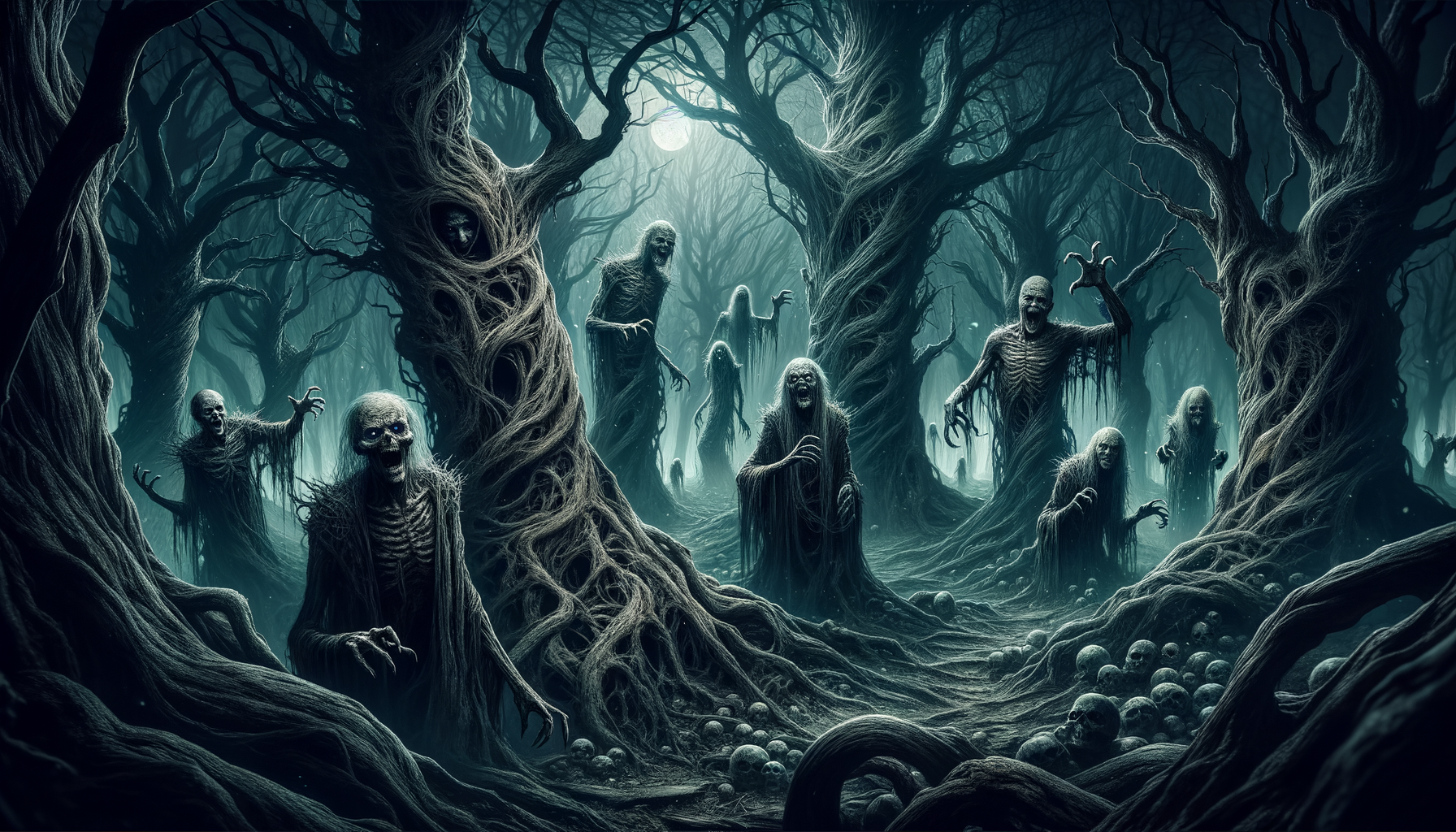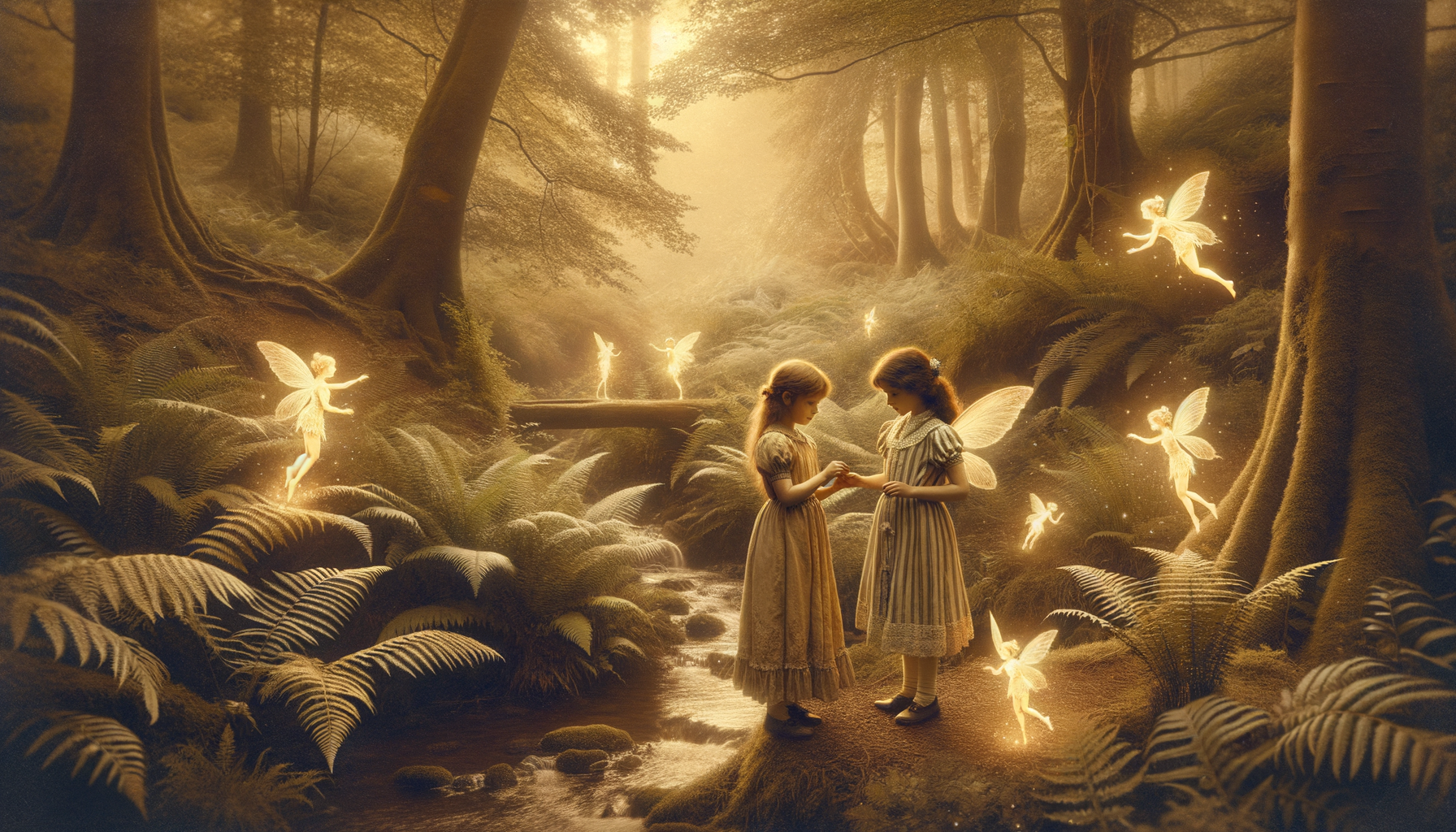Have you ever heard of the dark side of Greek mythology? While many are familiar with the gods and heroes, few delve into the eerie and spine-chilling tales of the forest spirits—dryads. Stories of horror dryads in Greek mythology will send shivers down your spine! Imagine walking through an ancient forest and knowing that ethereal, yet malevolent beings are watching you from every shadowy tree. These aren’t just nymphs; they’re the haunting specters of the woodland, waiting to ensnare the unwary. Intrigued? Let’s uncover the gruesome legends and the ominous folklore surrounding these sinister spirits.
The Origins of Dryads: Nature’s Warden Spirits
The Role of Dryads in Greek Mythology
Dryads, often portrayed as the gentle guardians of trees and forests, hold a revered place in Greek mythology. These benign spirits of nature were believed to dwell within the very trees they protected, ensuring the health and vitality of the woods. People worshiped them, offering prayers and sacrifices to gain their favor and ensure the prosperity of their lands. These spirits were not just protectors but also symbols of the intrinsic connection between humans and the natural world.
Etymology and Cultural Significance
The term “dryad” itself has fascinating origins. Derived from the ancient Greek word “drys,” meaning oak, it highlights the deep association between these spirits and trees. The cultural significance of dryads extended to various religious practices in ancient Greece, where rituals and ceremonies often involved invoking these spirits to bless the land. This reverence underscores the importance of nature in Greek spirituality and daily life.
Dryads Turned Dark: Tales of Horror and Revenge
The Dark Transformation
While dryads are typically seen as benevolent, there are tales that tell of their darker side. Corruption by dark magic or curses could transform these once benign spirits into vengeful entities. Betrayal by humans, such as the wanton destruction of their trees, could lead them down a path of revenge, resulting in dark deeds that contrast sharply with their original nature.
Famous Horror Stories
One of the most chilling tales involves Daphne, a nymph who transformed into a tree to escape Apollo’s advances. Some versions of the myth suggest a darker aftermath, where Daphne’s spirit, now a corrupted dryad, seeks revenge on those who dare harm her tree. Other sinister myths from lesser-known regions of Greece tell of dryads who lure unsuspecting travelers into the woods, only to ensnare them forever as punishment for their transgressions against nature.
Characteristics of Horror Dryads
Physical Appearance
Horror dryads possess a dark, twisted form that contrasts sharply with their benign counterparts. Their eerie beauty is marked by features that evoke both fascination and fear—gnarled limbs, eyes that glow with an unearthly light, and an aura that radiates malevolence. These physical transformations are a stark reminder of the corruption that has tainted their once-pure spirits.
Powers and Abilities
The powers of horror dryads are formidable. They can control forest elements, manipulating trees, vines, and roots to do their bidding. Additionally, they possess the ability to curse or enchant humans, leading to dire consequences for those who cross their path. These abilities make them both feared and respected, as they wield the very forces of nature with a dark twist.
Encounters with Horror Dryads: Survival and Legends
Real-life Inspirations and Folklore
Ancient tales of horror dryads have been passed down through generations, often recounted by travelers and villagers who claim to have encountered these malevolent spirits. These stories serve as cautionary tales, warning of the dangers that lurk in the depths of the forest. Whether based on real-life inspirations or pure folklore, these encounters have left a lasting impression on the collective consciousness.
Modern Interpretations and Cultural Impact
In contemporary literature and film, horror dryads have found a new lease on life. They feature prominently in modern horror culture, influencing everything from novels to movies. These modern interpretations often explore the themes of nature’s revenge and the consequences of humanity’s disregard for the environment, adding layers of depth to the ancient myths.
Protecting Yourself: Mythical and Practical Tips
Ancient Protections Against Dark Spirits
To protect oneself from the wrath of horror dryads, ancient Greeks employed various rituals and offerings. These acts were meant to appease or repel the dark spirits. Sacred symbols and talismans were also used, believed to provide protection against these malevolent entities. These practices highlight the importance of respecting nature and its spirits.
Modern-Day Precautions
In today’s world, the lessons from these ancient myths still hold relevance. Respecting nature and its spirits is a timeless principle that can guide our interactions with the natural world. When trekking through forests, applying ancient wisdom—such as leaving offerings or carrying protective symbols—can add a layer of mindfulness and respect, ensuring that we tread lightly and honor the spirits that may dwell within.
Conclusion
In the world of Greek mythology, the tales of horror dryads stand out as some of the most chilling and unforgettable. From their eerie origins and dark transformations to the spine-tingling encounters and ancient protections, these forest spirits captivate and terrify in equal measure. As you tread carefully through the woods or delve deeper into mythology, remember the shadowy figures that might just be lurking in the trees. Who knows? You might stumble upon a tale that hasn’t yet been written. Stay curious and vigilant, and always respect the mysticism of nature. Ready for more spine-chilling stories? Explore our other articles and let the legends unfold!




